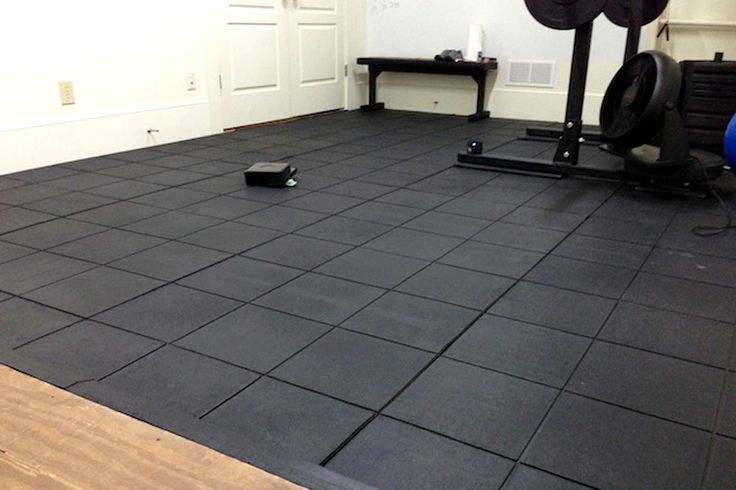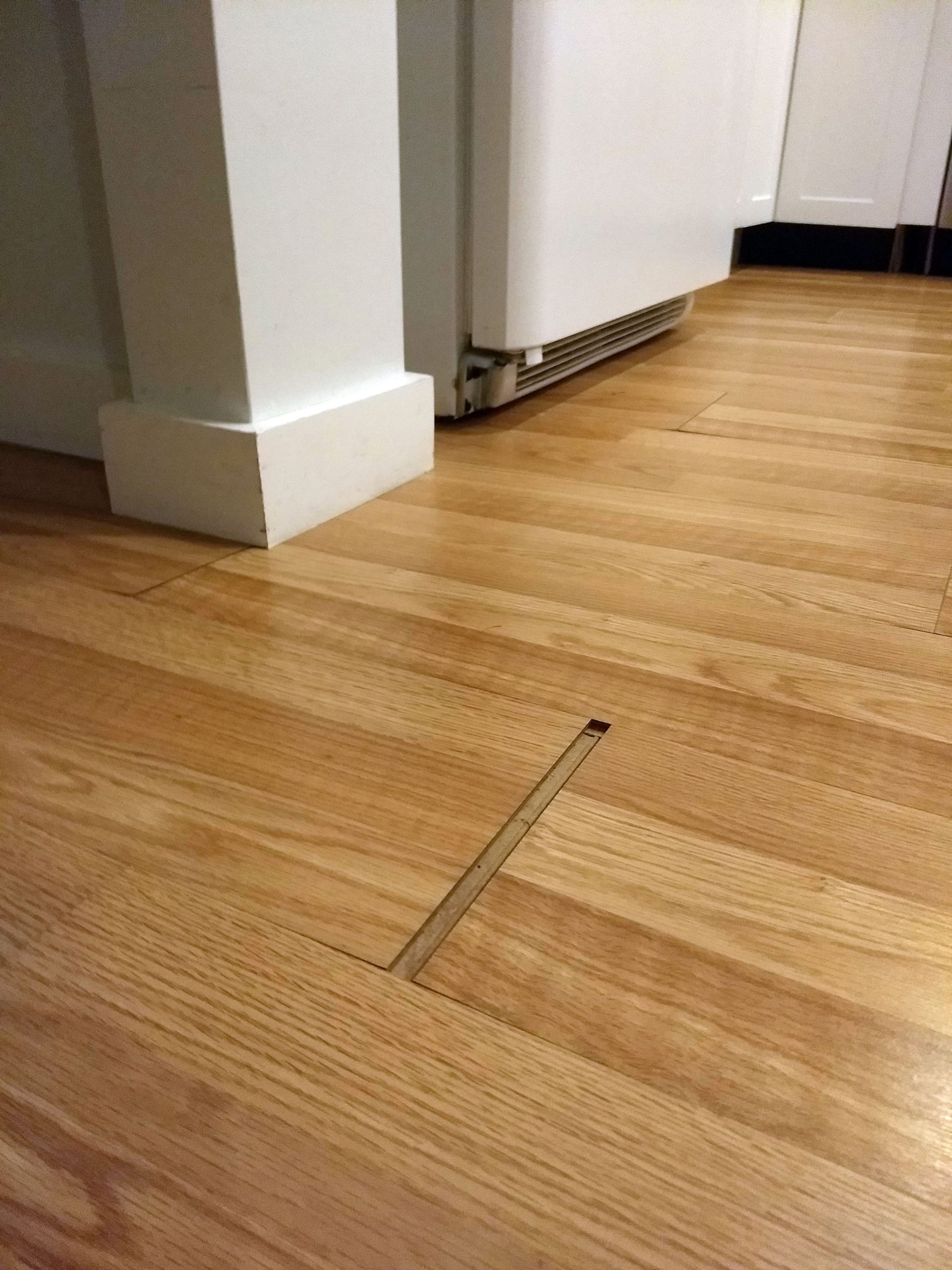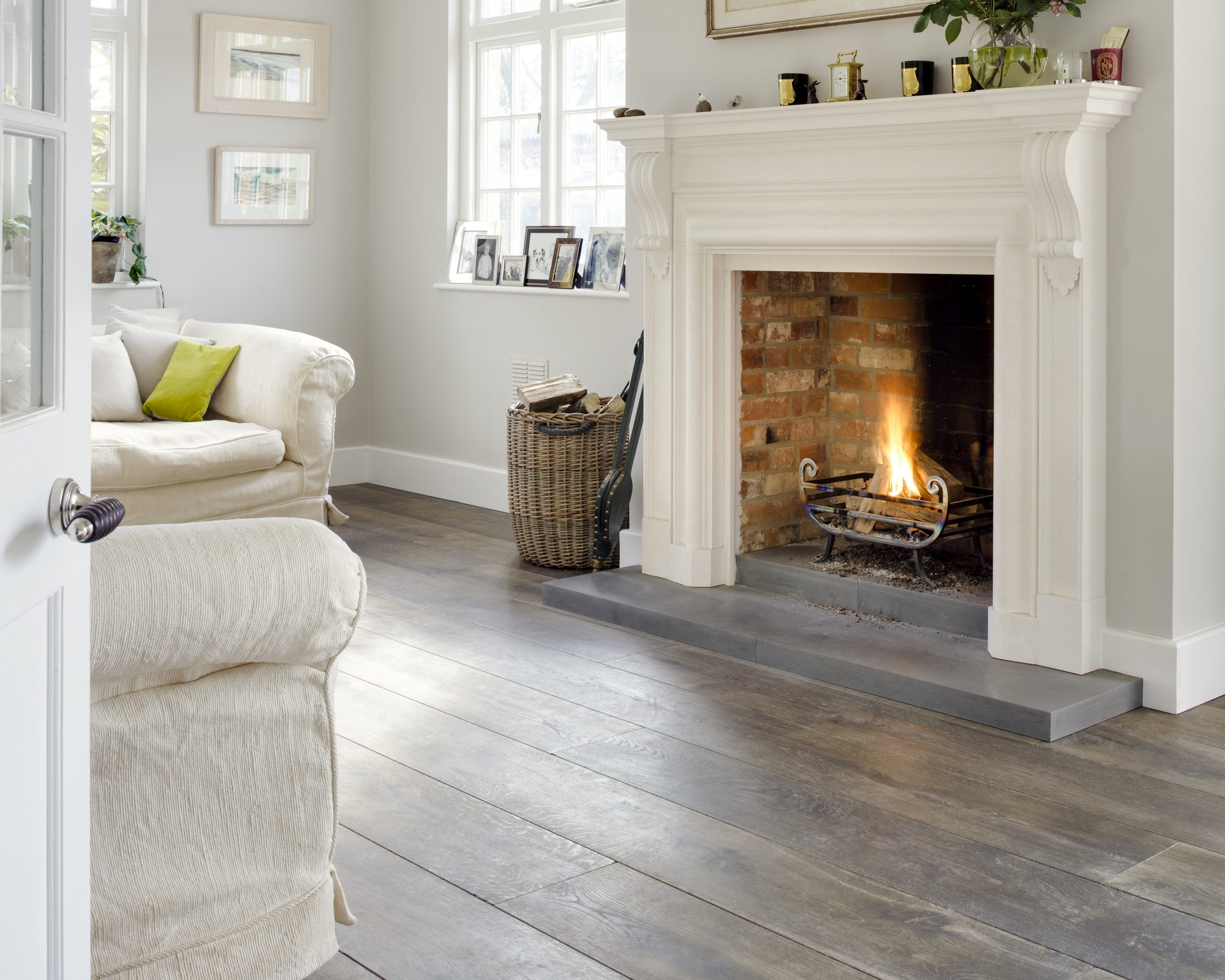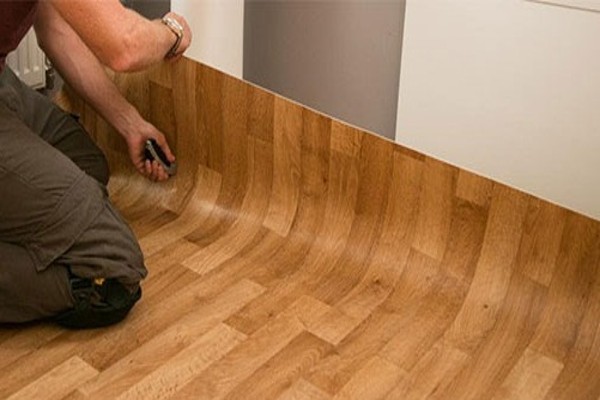
Flooring will always remain an essential part of any interior design. When working on the blueprints of any building, every architect or interior designer considers the flooring as one of the significant aspects that he will specify. Flooring is your first physical contact with space. Be it a resident commercial or an industrial building, beauty, elegance, and the overall personality are mainly dependent on it. Then cost-effectiveness of the flooring is another vital feature that everyone considers. Apart from this, you will like to combine grace and grandeur with wear resistance and functionality.
Therefore, it is advisable to take extra time when deciding on the flooring such that you end up picking a beautiful, durable, and cost-effective solution. You have floorings available in many different profile types, finishes, and structures. You all know how disappointing it can be to walk into a well-designed space and to have to walk with extra care as the flooring might not be suitable for formal footwear. Hence, selecting the right type of flooring as per the requirements of the area in question is essential.
There will be a number of things to consider when deciding between the flooring options for your residence, office, or industrial space. It would be best if you choose keeping in mind your décor and style, and knowing the pros and cons of each flooring type will be handy here. Furthermore, it has to match your needs and fit your budget too.
We will floor you with our flooring tips for the different available options. Here is what you need to know about the different flooring alternatives.
Rubber Flooring
Affordable, durable, and easy to install; these rubber flooring tiles work well for a wide variety of purposes and fit every type of environment. In this flooring, you have the option of interlocking tiles and basic rolls. Ideal for high traffic environment, you have a good choice of colors, patterns, and textures. These are available in 12 inch, 23 inch, and 36-inch squares, however, customized sizes you also be available.
Consider rubber flooring a niche, and at times you may not find many variants here. It is a soft underfoot and is ideal for gyms, exercise rooms, and playrooms. Unlike wooden floors, on rubber flooring, heels won’t click, and dropped objects won’t clatter. However, these can get slippery when wet, and if the floor is waxed or polished, things may get a little more uncomfortable.
When it comes to installation, these are on the most sensitive flooring materials, provided you are working with a team. However, it is not suggested for DIYers. The repair and maintenance are hassle-free, and a damp mop is sufficient. You should avoid using harsh detergents as it may affect the color of your flooring. Furthermore, grease and oil may leave an irreparable stain on these.
Pros
- It’s stable and quiet. Therefore, high traffic areas are perfect for this flooring type.
- This flooring is adhesive-free, i.e., you need to use glue to the subfloor in most applications.
- It is a natural material with almost no or little carbon emissions in comparison to other alternatives.
- Rubber flooring is a low maintenance option. The smooth surface of this flooring is easy and quick to clean.
Cons
- The installation is not as easy as the rolls or the tiles; it is going to be heavy. It is never a single person’s job to install rubber flooring.
- It is a costlier option when compared with other flooring types like foam.
- It has limited usability when it comes to installation spaces.
Laminate Flooring
It is a multilayer synthetic flooring product brought together by a sophisticated lamination process. It simulates wood and has a protective layer to it. Look at it as an attractive option that falls well within your budget. This flooring has layers of compressed plywood or fiber, and that makes it durable. In manufacturing it, photo-realism technology is used to create a texture similar to wood, ceramic tile, stone, stained concrete, or others covered in a plastic coating.
The technology used in its manufacturing is so advanced that the laminate version looks identical to the real thing, and that too at a fraction of the cost. This flooring type is ideal for living rooms, studies and playrooms. Some variants come with waterproof care, and you can use those in your kitchens and bathrooms.
The installation of the laminate flooring is easy, and you may think why you hired a professional service to do this. It is a dry installation that requires no adhesives, mortar, or grout.
Pros
- With this flooring, you get a floor that appeals to all aesthetic tastes. It is without any hassle of maintenance and is economical in all aspects as well.
- The installation of this flooring type is effortless and takes little time.
- The surface is long-lasting and durable, and there will be almost no scuffs and scratches.
- You can have a good choice as a wide variety of imitations are available that look as good as natural.
Cons
- Even with the best quality, it is never going to look and feel like a real thing.
- If the installation is not perfect, it will look shabby.
- If the surface gets damaged, it isn’t easy to fix.
- It absorbs moisture, and the damage cannot be repaired.
Wood Flooring
If you are looking for class and elegance, then there is no other alternative that beats wood flooring, the beauty is so fascinating that it is natural to gravitate towards it. The pricing is on a slightly higher side, but that should not deter you. With regular maintenance and cleaning, it can well last for a lifetime and beyond. It is just that the initial investment is on the higher side; the look and durability of this flooring make it up.
These come in two types: one is solid hardwood floors, and the other is engineered wood flooring. The first type is made from solid wood that comes from a single piece of hardwood. Fitting is a tongue and groove process. On the other hand, engineered wood flooring is a comparatively versatile and robust flooring alternative. Each board has three to four layers of wood glued and pressed together to create a plank.
There is a variety when it comes to installation types as well. You have the bare strip, which is narrow tongue and groove boards that are cut in random lengths. Next are the planks that come in various widths as well as random sizes. The third one is the wood tile, which is beautifully patterned and laid in aesthetic patterns in a carpet style.
Another type is the floating floor systems, which have several veneered strips over the tongue and groove backing board. Your wood flooring can come to you in refinished form or unfinished. If unfinished, it is sanded and given a proper finishing before installation. Woods of a different kind comes with a hardness score, which indicates how easily it gets damaged, worn, or dented by the traffic on the floor.
You need to be a little aware of where you can get the wood flooring done in your space. Hallways suit the best and will be a proper display of your décor and taste. You can install it anywhere that is not exposed to water or humidity. The stairs can be one place where you will have difficulty in installation and maintenance.
Pros
- The benefits of wood flooring of all types are numerous. The biggest one is its long-lasting beauty. It brings enormous value to your property.
- You can get it refinished whenever you feel like getting it done. You can get it done even after years of installation. The original look can be easily restored, erasing all the scrapes and scratches.
- This flooring type can well outlive all other flooring options.
Cons
- You need to take care of moisture and water seepages on this flooring.
- The initial costs are on the higher side.
Vinyl Flooring
This flooring has been a popular option since the 1950s. It is best when you are looking for low cost and durability. Being water-resistant, you can use it for kitchens and bathrooms as well. Use it as a quick fix answer to those old floors or sensitive carpets; what’s more, it will be an alternative that is easy on your pocket as well. This flooring option is flexible, resilient, and has just the right hardness.
Vinyl flooring has a wear layer on the top, and it works well as a protective coating. It gives you the choice of getting the installation done directly on your existing floor without the hassle of dismantling it. The durability and versatility feature makes it the right choice for both commercial and home interiors. Be it living rooms, bedrooms, bathrooms, and kitchens, and these complement every space.
Pros
- No other type beats it in durability, and it can bear ordinary wear and tear with ease.
- An economical choice, it is no doubt the preferred choice for many homeowners.
- It has a fast installation, and there are no complicated procedures involved.
- It comes in a variety of design options to fit any design style. Moreover, it is easy to maintain and is slip-resistant.
Cons
- These floorings are just not meant for heavy loads making it unsuitable for industrial spaces.
- Sharp objects can easily wear it down.
- The colors tend to fade over time when exposed to sunlight is there. Therefore, it won’t work in an outdoor space.
Bamboo Flooring
This flooring has emerged as one of the favorite segments in the flooring industry for the last decade. The main reason being it is economical and high on durability when compared to other wood options. Many of us may not know that bamboo is a grass and not a wood. It is, in fact, the biggest grass in the world and has a dozen of varieties. The ones used for flooring is called the Moso bamboo that comes from China and other parts of Asia.
It makes an attractive flooring option that is entirely made of natural material. The good thing is that it will add immense value to your real estate property. In looks and functionality, the bamboo flooring remains much similar to its wood counterpart. It is slightly more water-resistant; however, it is prone to scratches and cracks, and higher humidity levels can be harmful to this flooring.
Bamboo is light in color, and to bring a dark shade to it, and it is carbonized. In the process, it tends to get softer than natural bamboo. Bamboo flooring is engineered by slicing and shredding the strands of the grass. Once done, it is pressed together with adhesives and heat to form flooring boards.
Pros
- Bamboo flooring is a natural and renewable material. It is entirely environmentally friendly.
- The maintenance of these floorings is easy and quick.
- Even after years of installation, it can be refinished, and it will again look new as ever.
- It will significantly increase the financial worth of your real estate.
Cons
- Can easily get scratches and cracks
- There are several harmful toxins present in the adhesives used to make the flooring.
Carpet Flooring
Carpets have a striking uniqueness that they bring to the interiors of the space. It is fantastic in many ways and makes a tremendous addition to your home. However, if you were too cautious, it would be best to know when and where to use the carpet to make all the difference. These will be best when added to the living rooms, dining rooms, bedrooms, and playrooms.
For decades it has remained as the most popular flooring choice across all the cultures. Carpet flooring has its own set of advantages provided you get it right and provide regular maintenance. It makes your space comfortable and cozy and transforms the whole look and feel of the area. It comes in an exciting range of styles, textures, and designs. It offers homogeneous versatility wherever it gets installed. You can lay it anywhere; it will leave everyone impressed.
Wall to wall carpeting completes the looks of the room and enhances the entire décor. When you cover the floor with carpets, your house looks more inviting and grand for the visitors. However, it would help if you through these pros and cons briefly.
Pros
- It enhances the décor of your house and is ideal for giving your home a much-needed makeover.
- It gives warmth in winters and remains soft for your feet around the year.
- Carpet flooring works as a good sound insulator.
Cons
- It may not be as hygienic as other flooring options. It can easily become a breeding place for dust mites.
- It retains all the moisture, stains, and odors.
- Overall this flooring type requires high and regular maintenance.
Epoxy Flooring
It can be used to give a new and distinct look to kitchens, bathrooms, floors, patios, terraces, and even basement floors. For years, it has been a popular flooring style for workshops and garages. It can easily bear grease, dirt, oil, scratches, and other types of wear and tear typical to an industrial environment. Overall, consider it economical, durable, and attractive flooring solutions for commercial and residential applications.
However, this flooring will not work if the environment has dampness or has a high level of UV rays exposure regularly. Moreover, the installation of this low maintenance and durable flooring option is challenging. However, the advantages of the epoxy flooring option outweigh the drawbacks associated with it.
It is water-resistant to a higher extent, can bear all stains, and withstand all sorts of chemicals. One can clean these quickly with a moist mop, and if you add a mild cleaning solution, it will be better. This low maintenance flooring option works well for showrooms, warehouses as well as residential homes.
Here are the most important pros and cons of epoxy flooring that you should consider.
Pros
- It is durable and long-lasting in all kinds of environments.
- Epoxy flooring is one of the most hygienic flooring options available.
- It remains one of the most economical flooring options for you in the present day.
Cons
- Heavy objects on the surface can cause the epoxy coating to chip over time.
- It can be excessively slippery, especially in moist environments.
The Bottom Line
The flooring options listed in the article are the most popular choices these days; however, you have to choose only one for your space. At one end, you will like your flooring to look unique and alluring, and on the other hand, it should fit your budget as well. In such a situation, it is always best to prefer an option that has grace, attractiveness, easy maintenance and lasts for a long time. Our vote obviously goes for wood flooring.









